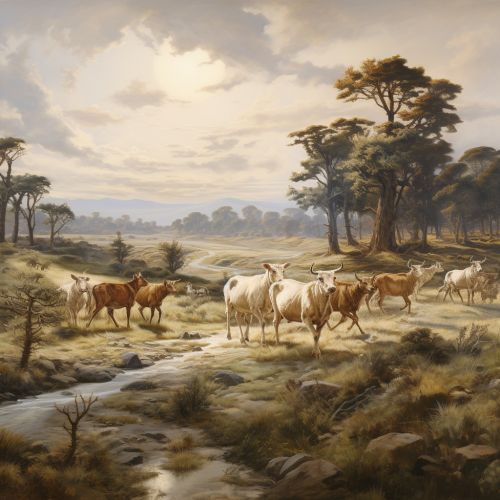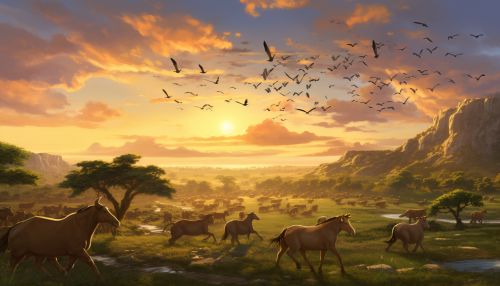The Ecology of Animal Movement Ecology and Landscape Connectivity
Introduction
Animal movement ecology is a subfield of ecology that focuses on the movement patterns of animals and how these movements influence the structure and function of ecosystems. Landscape connectivity, on the other hand, pertains to the degree to which the landscape facilitates or impedes movement among resource patches. The intersection of these two fields provides a rich area of study, exploring how animal movement and landscape connectivity interact to shape ecological communities.


Animal Movement Ecology
Animal movement ecology is a rapidly growing field that seeks to understand the causes, mechanisms, patterns, and consequences of animal movement. It incorporates concepts from a variety of disciplines including behavioral ecology, population ecology, and community ecology.
Causes of Animal Movement
Animals move for a variety of reasons, including searching for food or mates, avoiding predators, and responding to environmental changes. These movements are driven by a combination of internal factors (such as hunger or reproductive status) and external factors (such as resource availability or threat of predation).
Mechanisms of Animal Movement
The mechanisms of animal movement refer to the physical and physiological processes that enable movement. This includes the biomechanics of locomotion, the sensory systems used for navigation, and the energetic costs of movement.
Patterns of Animal Movement
Patterns of animal movement can be described in terms of their trajectory (the path taken), their temporality (the timing and duration of movement), and their scale (the spatial extent of movement). These patterns can be influenced by a variety of factors, including the animal's body size, life history traits, and environmental conditions.
Consequences of Animal Movement
The movement of animals can have profound effects on ecological processes. For example, animal movement can influence the distribution and abundance of species, the flow of energy and nutrients through ecosystems, and the dynamics of disease transmission.
Landscape Connectivity
Landscape connectivity refers to the degree to which the landscape facilitates or impedes movement among resource patches. It is a key concept in landscape ecology, and it has important implications for biodiversity conservation.
Components of Landscape Connectivity
Landscape connectivity is determined by two main components: structural connectivity and functional connectivity. Structural connectivity refers to the physical arrangement of habitat patches within the landscape, while functional connectivity refers to the degree to which the landscape facilitates or impedes movement based on the behavior and movement capabilities of a particular species.
Factors Influencing Landscape Connectivity
A variety of factors can influence landscape connectivity, including the size, shape, and arrangement of habitat patches, the presence of barriers to movement (such as roads or rivers), and the matrix of land uses surrounding habitat patches.
Implications of Landscape Connectivity
Landscape connectivity has important implications for biodiversity conservation. High levels of connectivity can facilitate gene flow among populations, promote species dispersal and colonization, and enhance the resilience of ecological communities to disturbances.
Interactions between Animal Movement Ecology and Landscape Connectivity
The intersection of animal movement ecology and landscape connectivity provides a rich area of study. By understanding how animals move and how the landscape influences these movements, we can gain insights into the structure and function of ecological communities.
Effects of Animal Movement on Landscape Connectivity
Animal movement can influence landscape connectivity in several ways. For example, animals can create or modify habitat patches through their activities (such as beavers building dams), and they can facilitate the dispersal of other species (such as birds dispersing seeds).
Effects of Landscape Connectivity on Animal Movement
Conversely, landscape connectivity can influence animal movement. For example, high levels of connectivity can facilitate movement and dispersal, while barriers to movement can fragment populations and restrict gene flow.
Implications for Conservation and Management
Understanding the interactions between animal movement ecology and landscape connectivity can inform conservation and management strategies. For example, it can guide the design of protected areas, the restoration of degraded landscapes, and the mitigation of human impacts on wildlife.
